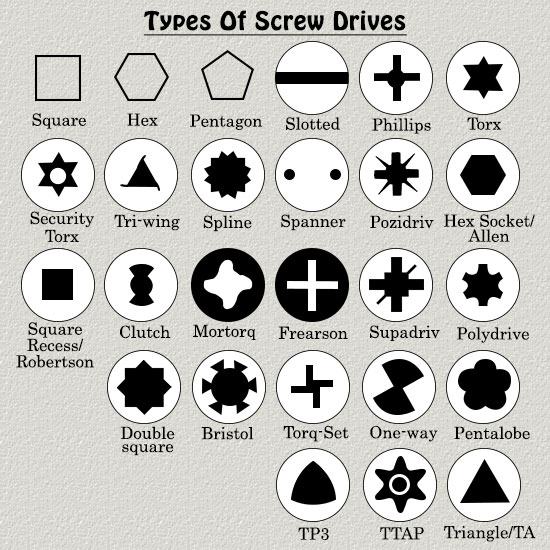Solid wood furniture can last for generations. However, along the way, assuming no structural or surface damage, its finish will need to be renewed or redone and that is all that is needed to bring it back to its original splendor . It does not need special tools and one hour is all it will take on a furniture like the breakfast table. This table is the most frequently used in our household and sometimes even as a work bench. So, every so often it needs a makeover. We bought this in 1981 as raw furniture (unfinished - rough, unstained, unvarnished) because that was all we can afford of a well constructed piece - a butcher block top. That purchase was pivotal in getting me into woodworking. This is the fourth time its finish is redone.
Step 1. Remove old polyurethane finish. I opted for a hand card scraper to do the chore instead of sand paper or a power orbital sander. Actually I highly recommend a card scraper on flat surfaces like a table. It is dustless, noiseless and a good light workout. And it is more an art form than using brute force. There is something Zen-like about the swishing sound as it creates a very smooth, even flat surface without the swirl marks produced during sanding minus all the dust flying around the work area. Later you will see how to hone a card scraper.
Not comfortable using the scraper, use sand paper by all means.
A hand card scraper is an edged metal held with both hands, two thumbs pressing two corners against all fingers bending it slightly convex towards the forward direction and slanting it between 30 to 45 degrees leaning forward.
| Scraped finish stays right where you end the motion of the scraper. |
I am fortunate to own a very quiet portable HEPA vacuum cleaner but one may simply brush/sweep and wipe off the waste with a moist cloth, and it will be just as effective.
Step 2. Apply new finish
For a table like this I favor tung oil. The oil is extracted from pressing the seeds from nuts of the tung tree, predominantly growing in China. It has the following advantages that beginners can get into using it with little experience.
a. It is safe and non-toxic that it can even be rubbed with your bare hands. Some crafts people actually like to rub the oil with the heel of their palms because the heat from friction supposedly help the application.
b. The oil penetrates into the grain of the wood, unlike, for example, shellac or polyurethane that coats the surface, creating a shell rather than penetrating. Rubbing application is less critical than brushing or spraying that demands an even coat. Rubbing can be done over and over the same area wiping off excess oil as needed.
c. The oil "shows off" the wood grain in its natural luster while resisting water marks and other liquid, including all kinds of beverages.
Only disadvantage is that total drying time takes overnight, preferably 24 hours after the last application.
| Tung oil is a very "forgiving" finish to apply. |
| Surface ready for the finishing |
| Tung oil has that ability to show rather than obscure rich grain of the butcher block table top |
